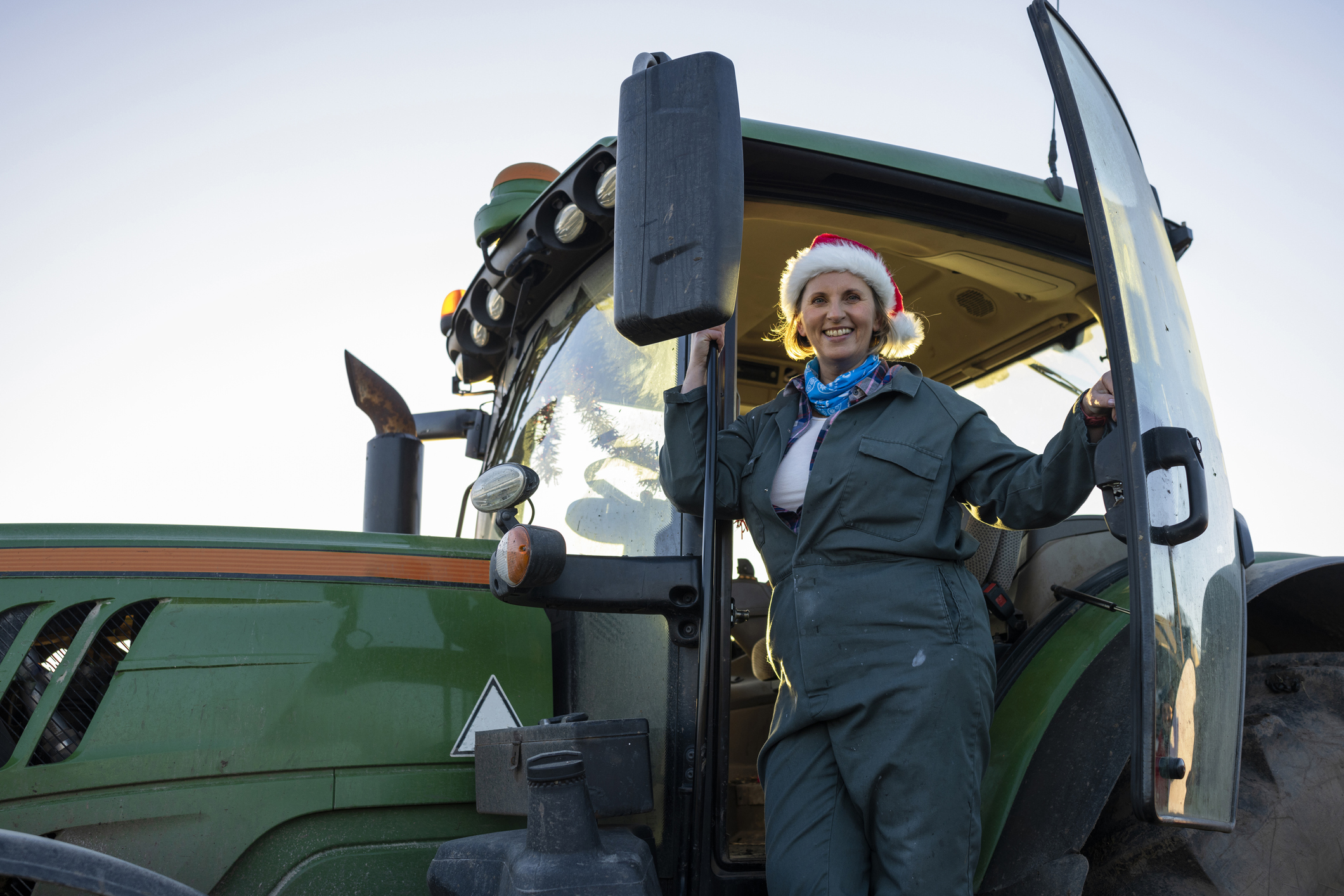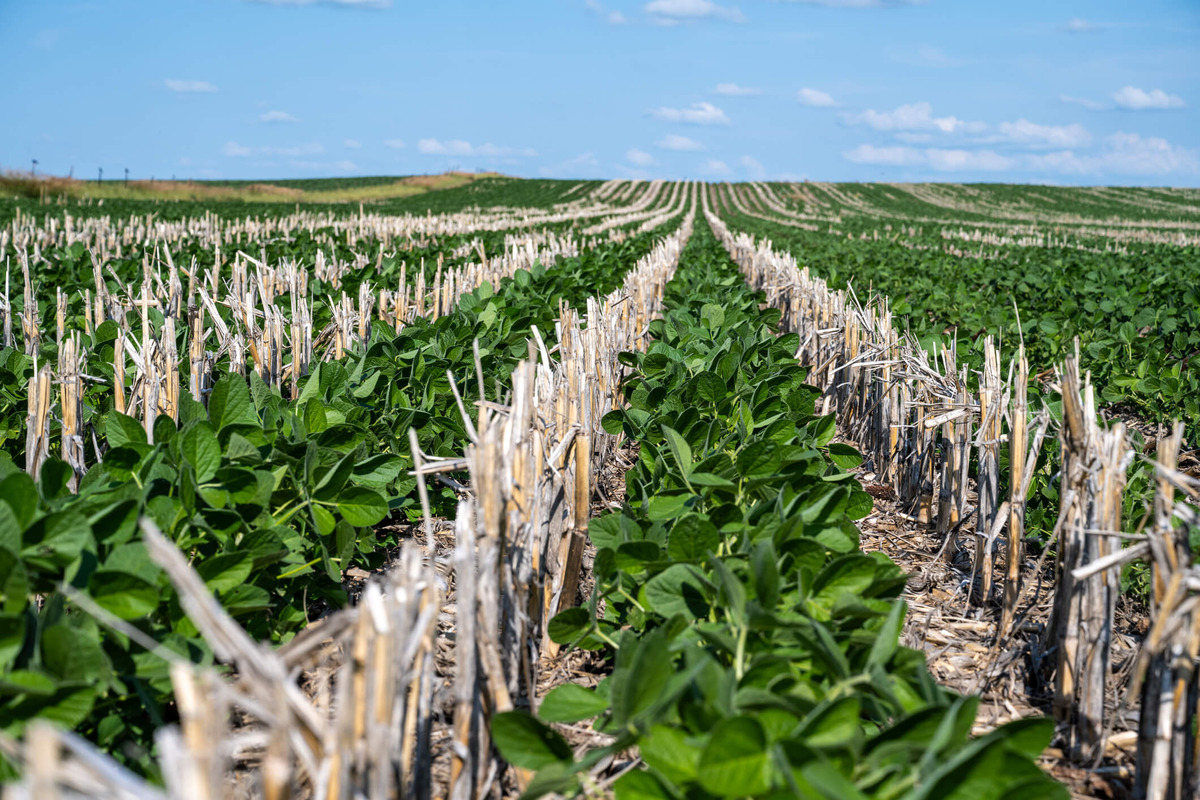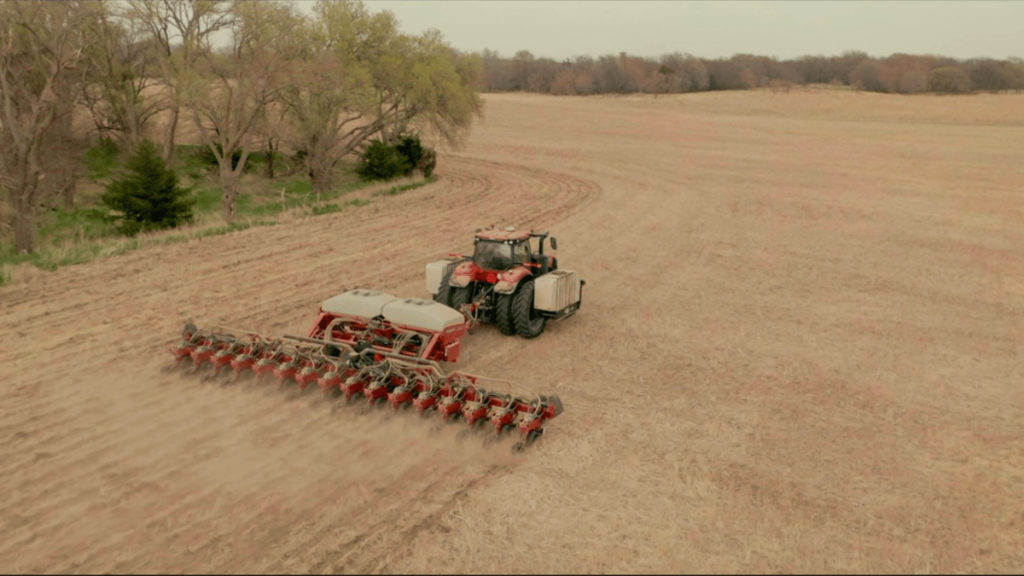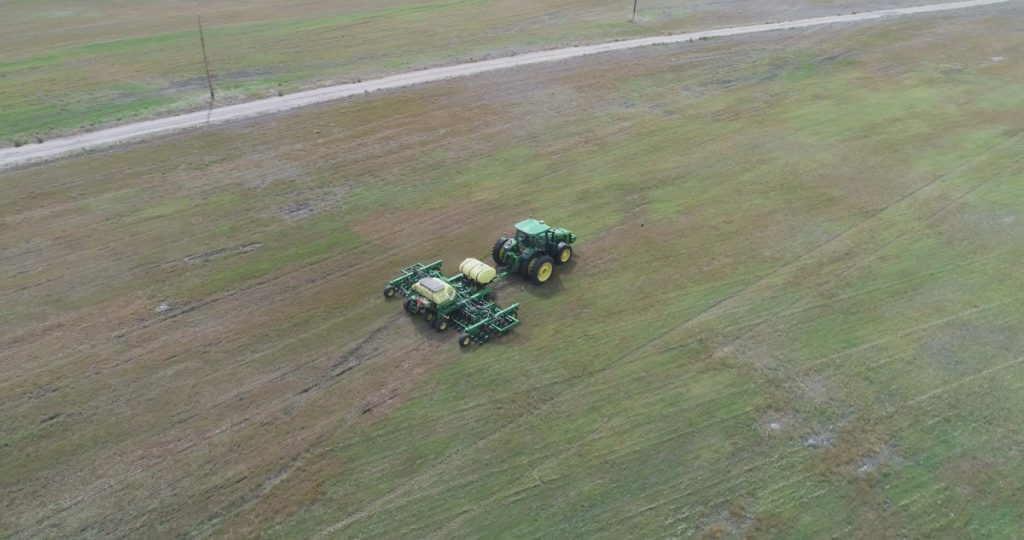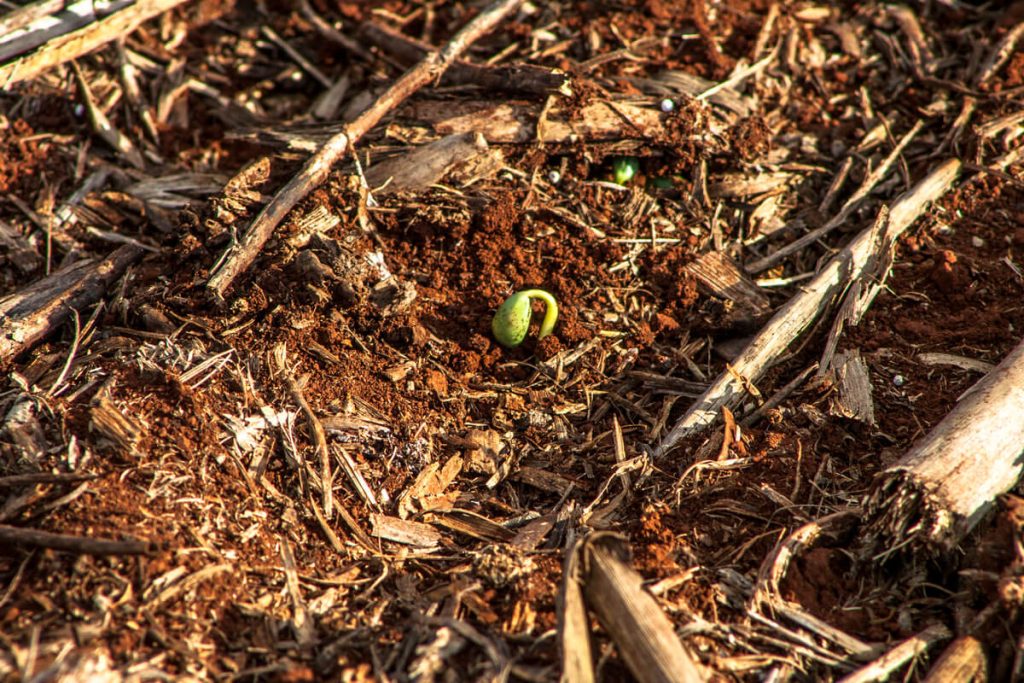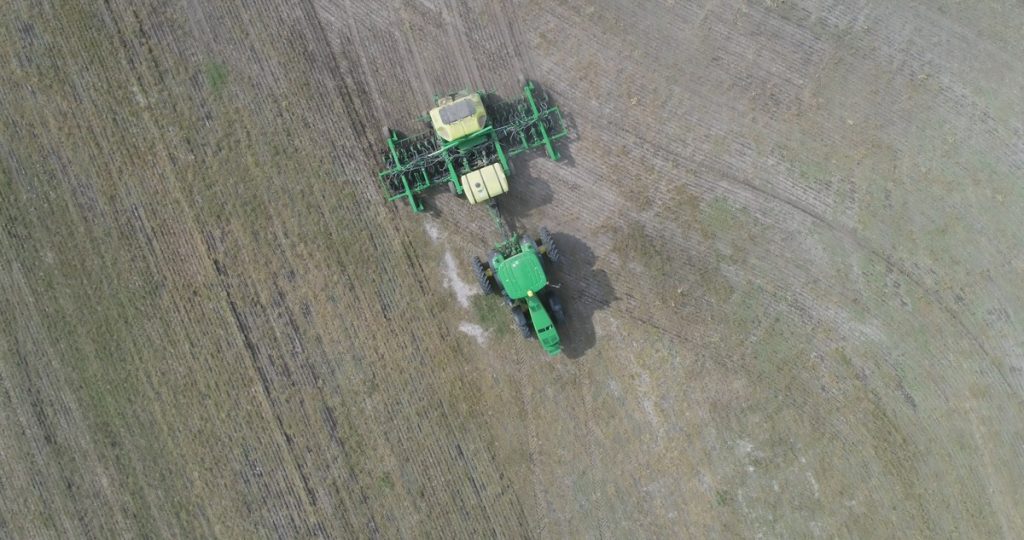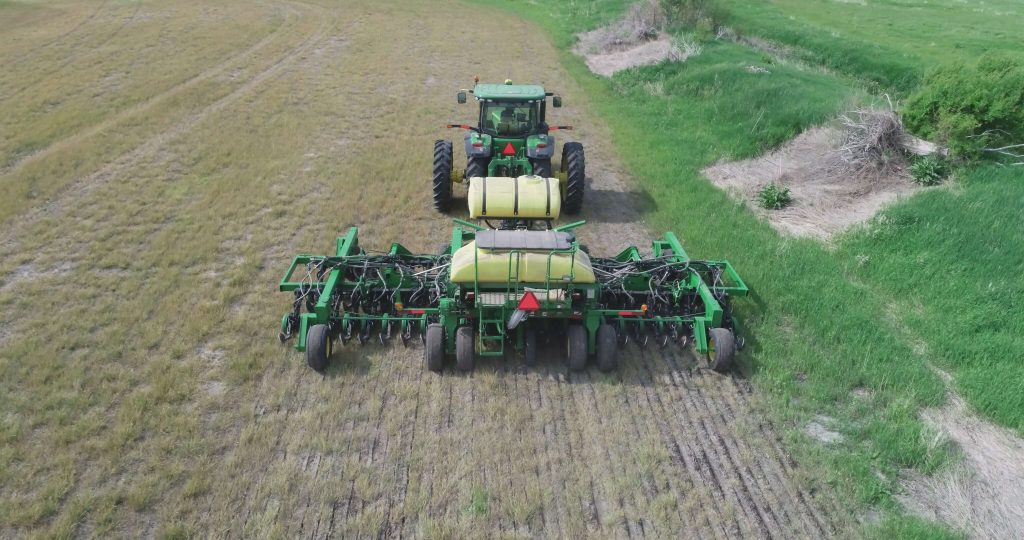Surviving the Holidays: A Guide for Farm Wives
The festive season is a challenge no matter what you do for work or what your family situation is – the ‘magic’ of the season really boils down to a whole lot of expense, hard work and planning.
But for farming families, the craziness of Christmas is exacerbated by the fact that there’s no such thing as a ‘holiday’ when there are chores to be done and animals to be fed. It’s a unique situation that’s hard to comprehend unless you’ve lived it – and nobody lives it more vividly than a farmer’s wife!
Raising kids, pitching in on the farm, perhaps holding down a job at the same time AND pulling off a joyful festive season is a tall order and then some – so with tongues firmly in cheeks, we’ve put together a guide to help farm wives survive the holidays* – read on for tips!
*Disclaimer: This guide might not actually help at all. But it’s meant to make you laugh – and laughter makes everything better!
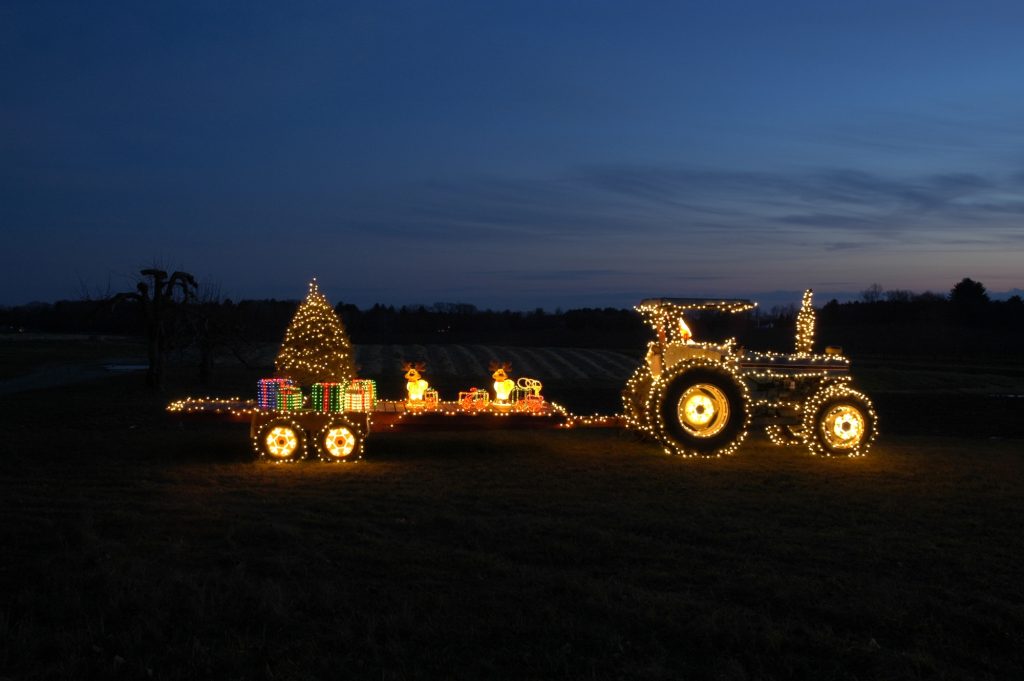
Get him to help with the decorating
If you’re waiting for the farmer in your life to start caring about trimming the tree or creating Instagram-worthy scenes inside the house, you can forget about it right now. Your farmer guy will happily keep the wood pile stocked, the hearth aglow and the refrigerator full of home-grown produce – but anything else inside the house isn’t even on his radar.
Outdoors, however, is a different story. A farmer’s home is his castle and he’s ALL about keeping up with the Joneses – if the Joneses have their place decked in lights and a fully decorated John Deere sitting out front. Any external decorating that involves the use of a cherrypicker or telehandler is right up his alley (even if he complains about it, he loves it really) so pick your battles wisely.
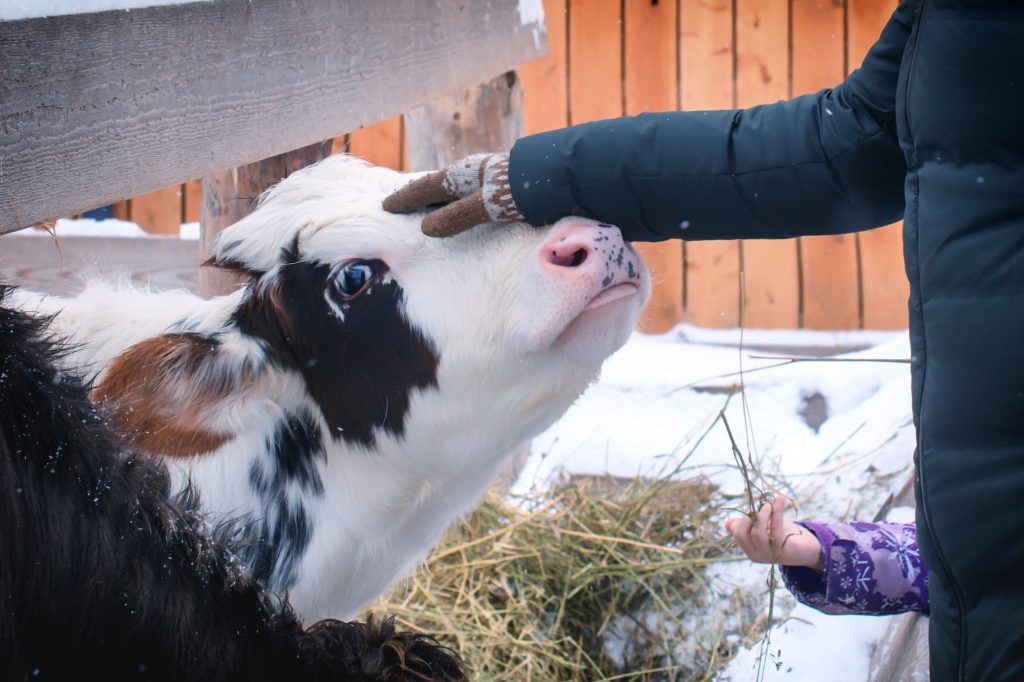
Don’t mess with the system
Forget about waking up early to tear open your stockings – on the farm, there won’t be a gift opened until the animals are fed, the troughs checked and the chores done. Try to mess with the system at your peril – frustrating as it can be to wait for the festivities to start until the morning farm jobs are done, it’s actually a great idea to get them out of the way early so you can relax (well, for an hour or so anyway).
The main problem with this festive farming routine is that kids can really resent having to wait until chores are done to open gifts – so a great tip is to make the work all part of the fun. Award points for the most chores completed or the fastest to finish, and let the winning kid open the first gift. If you’re feeling adventurous, you could even lay a festive treasure hunt to follow around the farm as they help with the chores.
Drop hints early and often

If you’ve ever unwrapped a gift from your farmer husband to discover a pair of work gloves, a penknife or new rubber boots, you’ll know how important it is to spell out the difference between a necessity (something you need) and a luxury (something you want!). Most farmers can’t tell the difference so if you have a particular gift in mind, you’re gonna have to drop some pretty hefty hints – and considering that even those might go in one ear and out the other, get tactical.
Start with his smartphone – a casual Google search now and again for that item you’ve been coveting will ensure he’s inundated with ads every time he tries to read AgWeb. Then get the kids on side – make sure they know what to tell him when he wonders aloud what mom would like to find under the tree. If all else fails, go straight to source. That jewellery store he always visits in a blind panic, right at the last minute? The sales assistant is your ally – tell her what you’d like him to choose and then start practicing your best ‘totally surprised’ face in the mirror.

How to extract him from the tractor for family dinners
The thing farmers love the most next to farming is eating – all that hard work creates an appetite. But getting your farmer to commit to a date and time for a family event can be more challenging than pinning down a politician. So how do you get him out of the tractor and into a chair at the head of the table?
First of all, know when to quit. If there’s something really important coming up (or if an emergency arises at the last minute) the farm will always take priority. Try to arrange events for times when you know things are likely to be quieter and be mindful of his daily routine for chores.
Next, give plenty of notice. Put it on the calendar, add it to his phone, write it on the bathroom mirror in lipstick if you have to. Remind early and often for the best chance of success.
Last but not least, make it irresistible. Biscuits and gravy like mama used to make? What farmer could pass that up? (Side note: If he shows up in overalls, say nothing.)
Master no-notice entertaining
Farming is one of the loneliest occupations – long hours spent in the tractor cab and working from home long before that was a thing means that farmers are often isolated from their peers, except for at key times like market days, harvest time – and Christmas! This is the one time of year when farming families will visit with neighbors, and spend a little time talking about the challenges they’ve faced together during the year.
This is a truly wonderful aspect of the farming community – but it’s not without challenges for a farmer’s wife. You have to make like a boy scout and BE PREPARED for unexpected visitors at any time of day. Nobody’s expecting a Martha Steward-style buffet lunch but to make spur-of-the-moment entertaining easier, it’s worth stocking the freezer with finger foods and if you don’t already have an air fryer, understand that this piece of kitchen equipment will change your life in much the same way that a set of Wearparts seed openers will change your husband’s!
Capitalize on quality time
You don’t need us to tell you that life on the farm is relentlessly busy, often stressful and occasionally just plain hard. It’s also filled with moments of pure joy, gratitude for a life on the land, and great satisfaction.
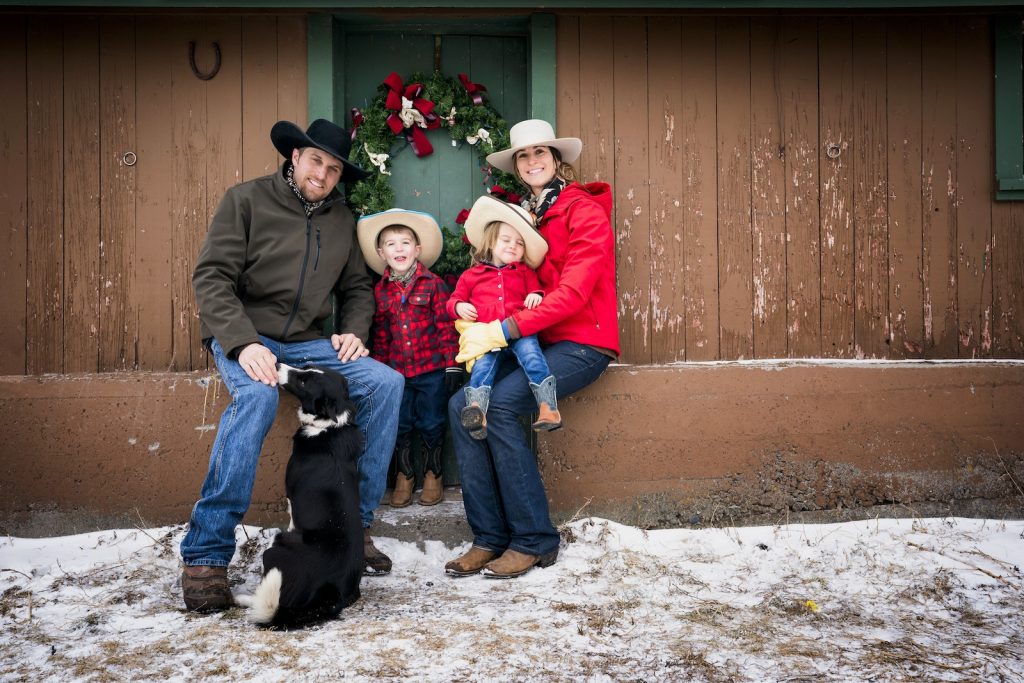
On the farm, the festive season may not look like a Hallmark card – and that’s OK. What’s important is to enjoy the small moments of calm reflection, to truly be present with family and friends, even if it’s just for an afternoon, and to remember that even when you’re outside feeding cows in the snow or breaking ice on water troughs, there’s so much to be thankful for. And if all else fails, there’s always gin – they don’t call it mother’s helper for nothing!
Season’s greetings from Wearparts
We’d like to take this opportunity to say thank you to the farming families that make up 97% of the US agriculture industry – without you, the festive season would look very different for all of us. We wish you the happiest of holidays, and look forward to working with you in 2024!

